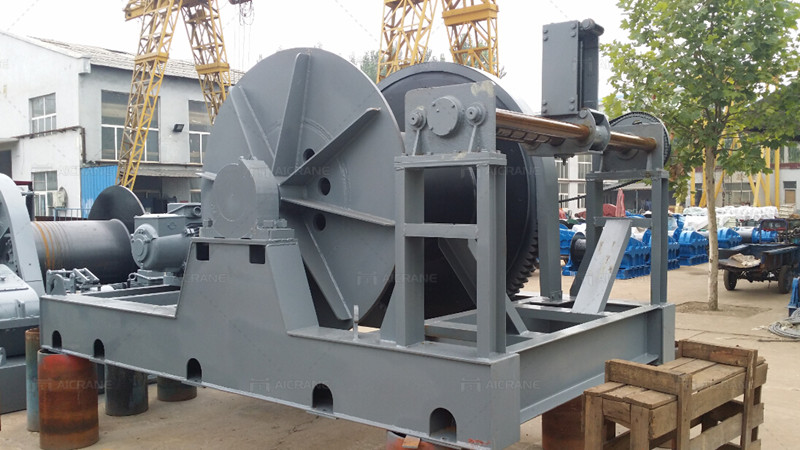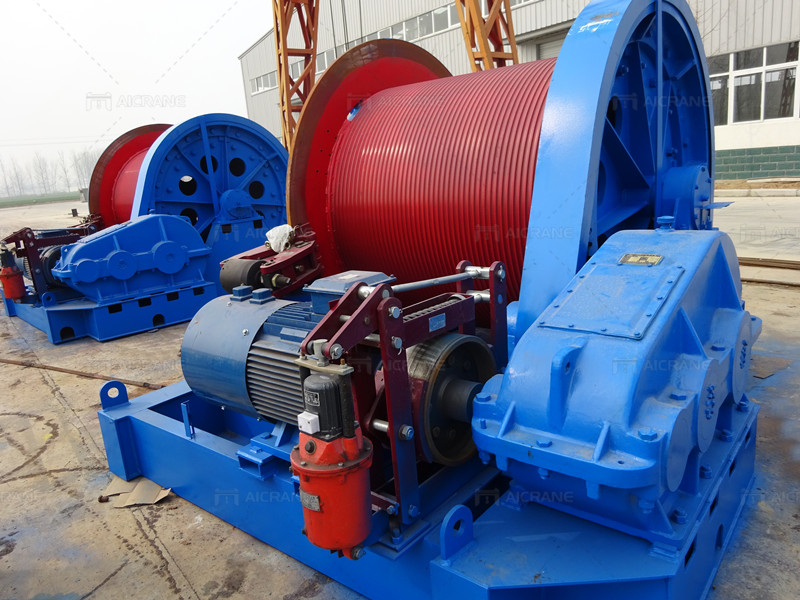Maintaining a winch 50 ton is crucial for ensuring its longevity, reliability, and optimal performance. Whether used in construction, marine operations, or other heavy-duty applications, a winch of this capacity demands regular attention and care. In this comprehensive guide, we’ll explore five essential tips for maintaining a winch 50 ton, covering key aspects such as inspection, lubrication, electrical components, safety protocols, and professional servicing.

Regular Inspection and Cleaning
The first step in maintaining a winch 50 ton is to conduct regular inspections and cleanings. The winch, being exposed to various environmental elements, can accumulate dirt, debris, and other contaminants. Begin by visually inspecting the entire winch system, paying close attention to cables, gears, and other moving parts. Look for signs of wear, corrosion, or damage.
After inspection, it’s imperative to clean the winch thoroughly. Use a soft brush or compressed air to remove dirt and grime from the nooks and crannies. Pay special attention to the cable or rope, ensuring there are no frays or kinks. Cleaning not only enhances the winch’s aesthetics but also prevents premature wear and tear, allowing it to operate smoothly.
Proper Lubrication
Lubrication is the lifeblood of any mechanical system, and a winch 50 ton is no exception. Regularly lubricate all moving parts to reduce friction and prevent corrosion. Use a high-quality lubricant suitable for the winch’s specific components, including gears, bearings, and the cable drum. Be mindful of the manufacturer’s recommendations regarding lubrication intervals.
Apply lubricant generously but avoid over-lubricating, as excess grease can attract dirt and compromise the winch’s functionality. Pay particular attention to areas exposed to harsh conditions, such as marine environments or dusty construction sites. Proper lubrication not only extends the winch’s lifespan but also contributes to smoother operation and reduced wear on critical components.

Electrical Component Maintenance
For a winch 50 ton with electric components, regular maintenance of the electrical system is paramount. Inspect all wiring, connections, and control panels for signs of wear, corrosion, or loose connections. Ensure that the electrical components are well-protected from moisture and other environmental factors.
Tighten any loose connections and replace damaged wiring promptly. Conduct voltage and ampere tests to verify that the winch’s electrical system is operating within the specified parameters. Regularly check the condition of control switches, ensuring they function smoothly and respond promptly to commands. Any malfunctioning electrical component should be addressed immediately to prevent potential safety hazards and avoid further damage to the electric winch.
Adherence to Safety Protocols
Safety is paramount when maintaining and operating a winch 50 ton. Establish and enforce strict safety protocols for both routine maintenance tasks and actual operation. Ensure that all personnel involved in winch maintenance are adequately trained and equipped with the necessary personal protective equipment (PPE).
When performing maintenance tasks, especially those involving moving parts, make use of lockout/tagout procedures to prevent accidental activation. Clearly mark hazardous zones and provide proper signage to alert personnel of potential risks. Regularly conduct safety audits to identify and address any safety concerns promptly. A proactive approach to safety not only protects personnel but also safeguards the integrity of the winch and its surrounding environment.
Professional Servicing and Periodic Load Testing
While routine maintenance can address many issues, periodic professional servicing is essential for a winch 50 ton. Engage the services of qualified technicians to conduct in-depth inspections and address any potential concerns. Periodic load testing is also crucial to ensure the winch can handle its rated capacity.
Professional servicing may include disassembly of critical components, non-destructive testing, and calibration of safety mechanisms. This level of attention can uncover underlying issues that may not be apparent during routine inspections. Incorporate periodic load testing into the maintenance schedule to verify the winch’s performance under realistic conditions, identifying any issues before they become critical.
Effectively maintaining a winch 50 ton requires a combination of regular inspections, proper lubrication, attention to electrical components, adherence to safety protocols, and periodic professional servicing. By incorporating these five essential tips into your maintenance routine, you can enhance the reliability, safety, and longevity of your winch 50 ton, ensuring it remains a robust and efficient asset in various heavy-duty applications. Contact Aicrane to get your winch.